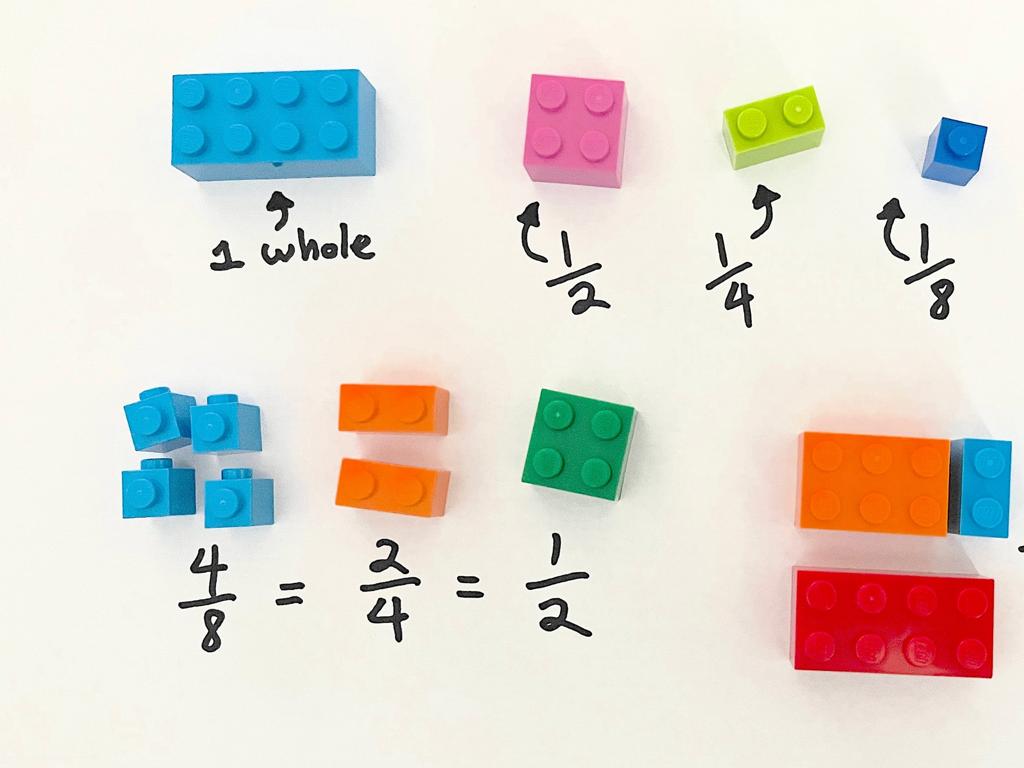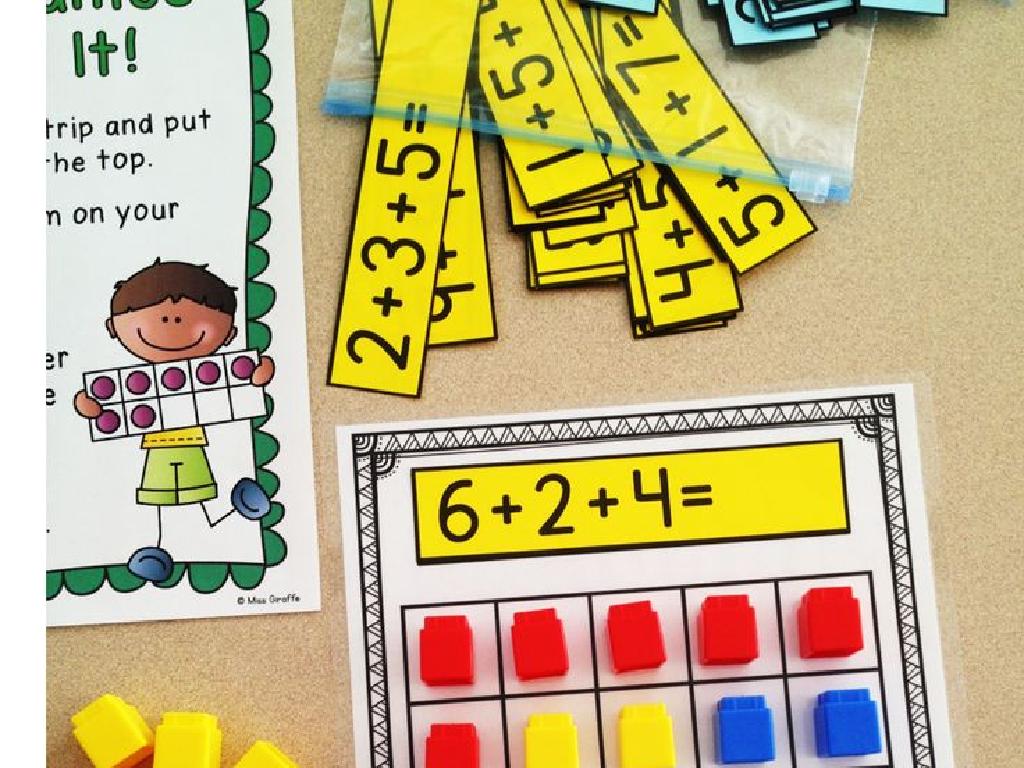Formatting And Capitalizing Titles
Subject: Language arts
Grade: Third grade
Topic: Formatting
Please LOG IN to download the presentation. Access is available to registered users only.
View More Content
Formatting and Capitalizing Titles
– Why titles are important
– Titles tell us what to expect from a book or story
– Rules for capitalizing titles
– Always capitalize the first and last word, and all the important words in between
|
In this lesson, we will explore the significance of titles and the rules for capitalizing them. Titles are crucial because they give the reader a preview of what the book, story, or essay is about. They are the first impression and can grab the reader’s attention. When writing titles, it’s important to capitalize the first and last words, as well as all the key words in between, which includes nouns, pronouns, verbs, adverbs, and adjectives. Prepositions, conjunctions, and articles typically remain lowercase unless they are the first or last words. Use examples like book titles to illustrate this concept. Encourage students to practice by writing titles of their favorite books and stories, applying the capitalization rules they’ve learned.
Understanding Titles in Writing
– What is a title?
– It’s the name of a book or story
– Titles predict content
– They hint at the story’s adventure
– Formatting makes titles pop
– Like using bold or BIG letters
– Practice capitalizing titles
– We’ll learn which words get big letters
|
This slide introduces the concept of titles to third-grade students. Begin by explaining that a title is like the name of a friend; it tells us something about the book or story we’re about to read. Emphasize that titles give us a sneak peek of what’s inside, like a movie trailer does for a film. Discuss how titles are formatted differently, such as being in bold, underlined, or written in larger letters, to make them stand out. Finally, engage the students with an activity where they practice capitalizing titles correctly, reinforcing that not all words in a title are capitalized, and there are specific rules to follow.
Why Capitalize Titles?
– Capitalization highlights titles
– Like wearing a hat, capital letters help titles to be easily spotted.
– It shows respect for the work
– Just as we use polite words to show respect, we use capital letters to honor titles.
– Helps remember key words
– Capital letters in titles are like a friend waving in a crowd, helping us spot the important words.
– Makes titles stand out
|
This slide aims to explain to third-grade students the importance of capitalizing titles in written works. Capitalization serves as a visual cue that a group of words is a title, making it stand out from the rest of the text. It’s akin to giving the title a ‘hat’ so it can be easily identified. Additionally, capitalizing titles is a sign of respect for the work, similar to using polite words when addressing someone. It also aids in memory retention, as the capitalized words in a title are often the key terms that convey the main idea. Encourage students to think of titles as important names that deserve to be noticed, and capital letters as the way to make that happen. Have them practice by identifying titles in their favorite books and explaining why the words are capitalized.
Capitalizing Titles Correctly
– Capitalize first and last words
– Capitalize key words in titles
– Words like ‘Adventure’, ‘Kingdom’, ‘Mystery’
– Skip capitalizing short prepositions
– Words like ‘in’, ‘of’, ‘to’, ‘for’ stay lowercase
– Avoid capitalizing articles and conjunctions
– Words like ‘and’, ‘the’, ‘an’ stay lowercase
|
This slide introduces the basic rules for capitalizing titles, which is an important aspect of writing. Students should understand that the first and last words of a title are always capitalized, regardless of their part of speech. They should also learn to identify the ‘important’ words in a title, which typically include nouns, pronouns, verbs, adverbs, and adjectives, and capitalize them. However, they should not capitalize short prepositions (e.g., ‘to’, ‘for’), articles (e.g., ‘the’, ‘an’), or conjunctions (e.g., ‘and’) unless they are the first or last word in the title. Provide examples of titles and have students practice identifying which words to capitalize. This will help reinforce the rules and improve their writing skills.
Capitalizing Titles in Books
– ‘The Secret Garden’ example
– ‘The’ and ‘Garden’ are big letters, but not ‘the’ in the middle
– ‘Harry Potter and the Sorcerer’s Stone’ example
– Big letters for ‘Harry’, ‘Potter’, ‘Sorcerer’s’, ‘Stone’, but not ‘and’
– Rules for capitalizing titles
– We make big letters for important words, not small words like ‘and’, ‘the’, ‘in’
– Let’s practice correcting titles!
|
This slide introduces students to the concept of capitalizing titles. Start by showing examples of book titles that they may be familiar with, pointing out which words are capitalized and which are not. Explain that in titles, we capitalize the first and last words, and all the important words in between. However, we do not capitalize small, less important words like ‘and’, ‘the’, ‘in’, etc. After explaining the rules, engage the students in an interactive activity where they correct titles that are not capitalized correctly. This will help reinforce the rules and give them practical experience in identifying which words to capitalize in titles.
Activity Time: Capitalize the Titles!
– List of titles provided
– Work with a partner
– Pair up and discuss each title
– Identify important words
– Find words that need capital letters
– Recall today’s rules
|
This activity is designed to reinforce the lesson on capitalizing titles. Provide the students with a list of book, movie, or article titles written in lowercase. Instruct them to work in pairs to discuss and decide which words in each title should be capitalized. Remind them of the rules discussed in the lesson, such as capitalizing the first and last words, nouns, pronouns, verbs, adjectives, and adverbs. Monitor the pairs to ensure they are collaborating effectively and understanding the concept. Possible titles for the activity could include: ‘the secret garden’, ‘a trip to the moon’, ‘my favorite summer vacation’, ‘the mystery of the missing socks’, and ‘adventures in dinosaur valley’. After the activity, have a few pairs share their capitalized titles with the class to check for understanding.
Capitalizing Titles: Review and Practice
– Review title capitalization rules
– Write a story title
– Create an imaginative title for a story you’d like to write
– Share with the class
– Present your title to your classmates
– Explain your capitalization
– Tell us why you capitalized certain words
|
This slide is aimed at reinforcing the rules for capitalizing titles through practice and peer sharing. Begin by reviewing the rules for capitalizing titles, emphasizing that major words in titles, like nouns, verbs, adjectives, and adverbs, are typically capitalized, while smaller words, such as conjunctions and prepositions, are not. Encourage creativity as students write their own story titles, using what they’ve learned. After writing, students will share their titles with the class, providing an opportunity for public speaking and peer learning. Lastly, ask them to explain the reasoning behind their capitalization choices, reinforcing their understanding of the rules. This activity will help solidify the concept in a fun and interactive way.
Class Activity: Create Your Book Cover!
– Time to design your book cover
– Write a captivating book title
– Use exciting words to grab attention
– Draw and color your cover
– Be creative with your illustration
– Remember to capitalize the title!
– Capital letters start each important word
|
This activity is aimed at helping students understand the importance of formatting and capitalizing titles. Provide them with the rules for capitalization: capitalize the first and last words of the title, and all the important words in between. Explain that small words like ‘and’, ‘the’, ‘a’, ‘an’, ‘in’, ‘with’, etc., are not usually capitalized unless they are the first or last word. Encourage creativity in both the title and the cover design. Possible activities: 1) Students can present their book covers to the class. 2) Create a gallery walk where book covers are displayed and students vote on the most creative title. 3) Pair students up to give feedback on each other’s titles. 4) Have a ‘title brainstorming’ session before they start drawing. 5) Discuss the importance of a title in marketing a book.






